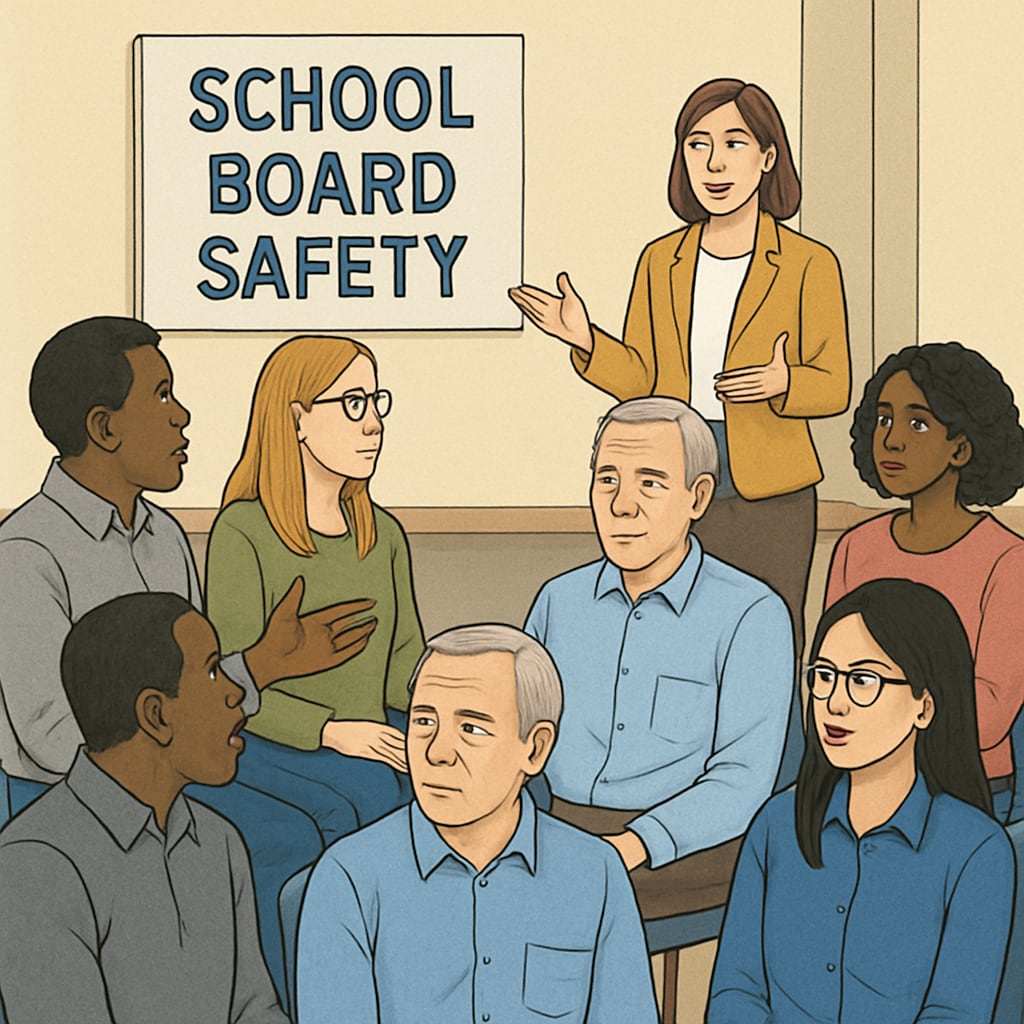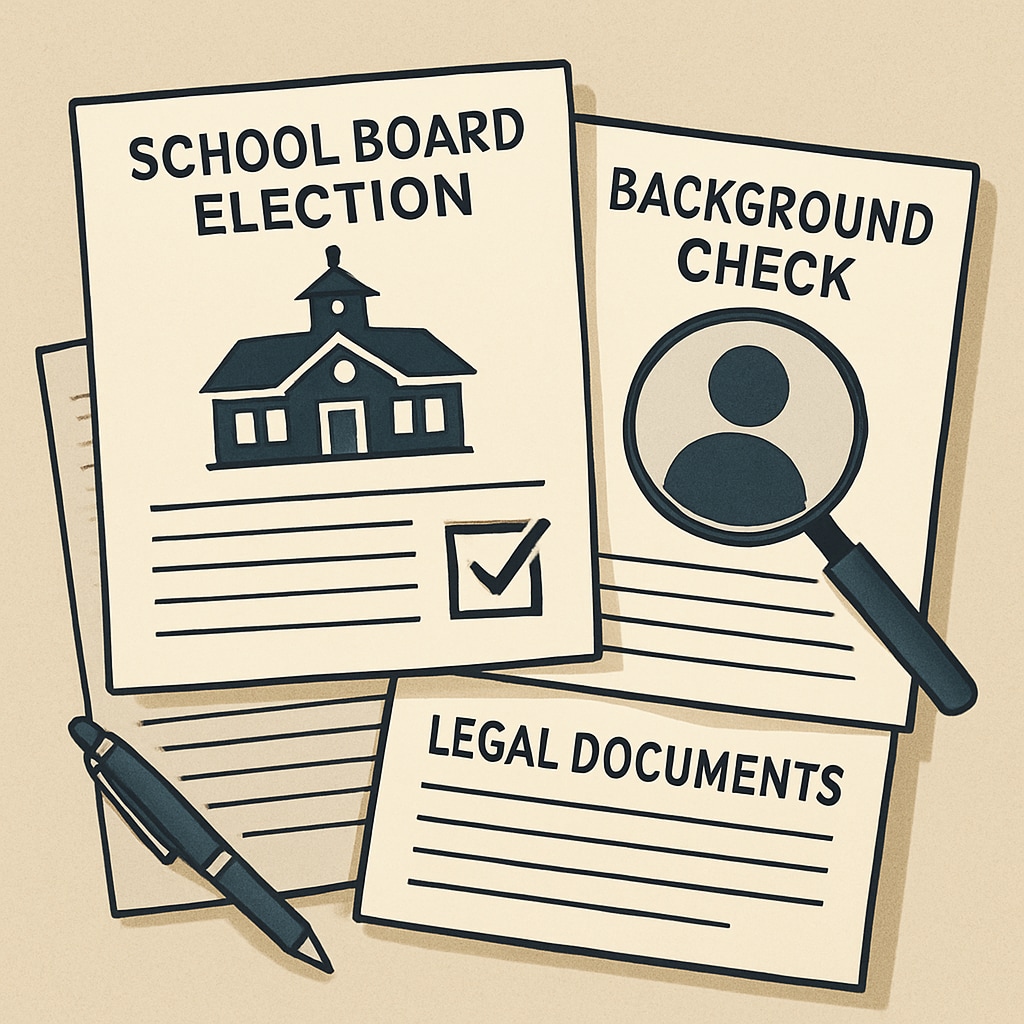The presence of individuals with a history of child abuse in positions of power within school boards raises serious concerns for communities. These roles directly influence decisions affecting student welfare, making it vital for community members to take action. Addressing this issue requires a balanced approach that prioritizes child safety while navigating complex ethical and legal considerations.

The Ethical Dilemma of Allowing Former Offenders in School Governance
Schools are entrusted with the responsibility of nurturing and safeguarding students. When someone with a history of child abuse is elected or appointed to a school board, it poses an ethical dilemma. On one hand, the principle of rehabilitation suggests that individuals who have served their sentences deserve a chance to reintegrate into society. On the other hand, placing such individuals in positions that directly impact children’s lives may compromise student safety and erode public trust.
Community members often struggle with conflicting emotions. While supporting rehabilitation is important, the priority must remain on protecting students from potential harm. For example, research published by Britannica highlights the importance of balancing individual rights with collective safety in ethical decision-making.
Legal Frameworks and Screening Processes
Most countries have legal mechanisms designed to prevent individuals with certain criminal records from working in sensitive roles. However, loopholes and inconsistencies in screening processes can allow individuals with a history of child abuse to assume positions in school boards. In some cases, these roles may not require the same rigorous background checks as teaching positions or other direct-contact roles.
For instance, in the United States, laws vary by state when it comes to disqualifying individuals with criminal records from serving on school boards. This inconsistency highlights the need for communities to advocate for stronger and more uniform policies. According to Wikipedia, child protection laws often focus on direct contact roles but may overlook governance positions. This gap needs urgent attention to ensure the safety of educational environments.

How Communities Can Take Action
Community action plays a pivotal role in addressing this sensitive issue. Here are several steps concerned citizens can take:
- Educate Yourself and Others: Understand the legal requirements for school board positions in your area. Share this knowledge with fellow community members to raise awareness.
- Advocate for Policy Changes: Engage with policymakers to push for stricter background checks and disqualification criteria for school board candidates.
- Attend School Board Meetings: Participate in meetings to stay informed about decisions being made and voice concerns if necessary.
- Organize Community Forums: Create platforms for open dialogue on the issue. Forums can help unite community members and establish collective strategies for action.
- Utilize Media Channels: Leverage local media to highlight the issue and advocate for change. Public awareness can lead to increased pressure on policymakers.
Taking action may seem daunting, but collective efforts can lead to positive changes. Community engagement ensures that the safety and well-being of children remain a top priority in educational governance.
Balancing Rehabilitation and Safety Concerns
It’s essential to approach the issue with empathy while prioritizing student welfare. Rehabilitation is a cornerstone of modern justice systems, but certain roles—especially those involving children—may require stricter safeguards to prevent potential risks. By advocating for policies that strike a balance between these two considerations, communities can foster a safer and more inclusive educational environment.
Ultimately, protecting children requires vigilance, proactive action, and a commitment to ethical decision-making. While this issue is complex, the path forward begins with informed and united communities dedicated to safeguarding the future of their students.


